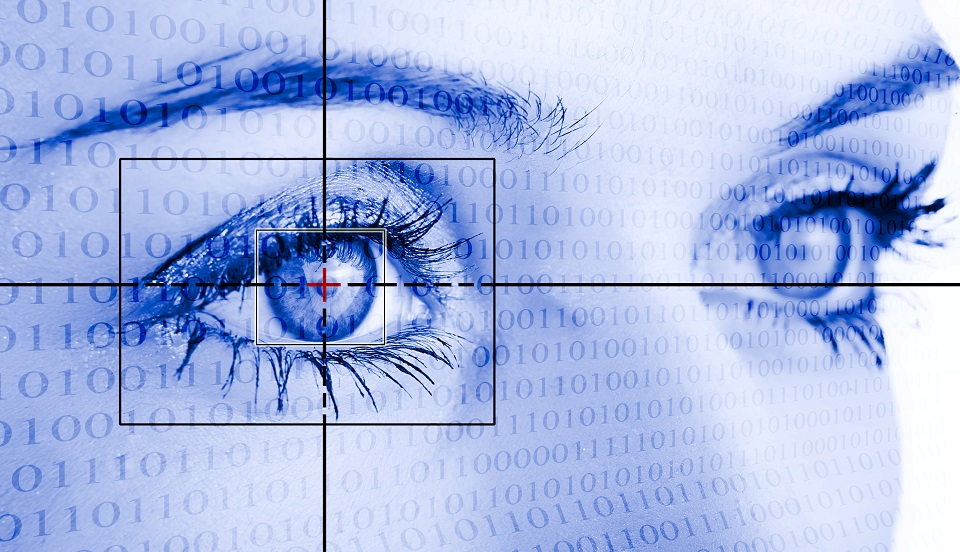What do JetBlue, Delta, and Air France’s KLM have in common? Besides the obvious, these are all airlines that have begun experimenting with using automated biometric information as a means by which to expedite pre-screening of passengers at certain airports throughout the United States. The tests, thus far, have only involved passengers already enrolled in the TSA PreCheck program and use a passenger’s fingerprints to verify their identity as well as scan their boarding passes. It is hoped that, by implementing these new methods, passenger check-ins can be faster and more accurate thus eliminating some of delays currently associated with the check-in process.
How Do Biometrics Work?
When it comes right down to it, biometrics are simply biological and behavioral traits that are unique enough to an individual that they can be used to tell one person from another. Fingerprints are the most commonly used identifier and have been an integral part of police work since the early 1900’s. Since then, other identifiers such as hand and face shape, voice recognition, iris scanning, gait analysis (yes, the rhythm of your walk is unique enough to be used to identify you) and signature analysis have all been used to verify that a person is who they say they are. Fingerprint collection is already part of the TSA Pre-Check enrollment process and has enabled the TSA to amass a database consisting of millions of prints. A quick scan at the security check point in an airport will trigger a query of the TSA database, pull up a traveler’s profile, verify their identity and even link to their boarding pass, thus combining several steps in the screening process into one. Travelers using this method no longer have to present I.D.’s or paper boarding passes.
What About Privacy Concerns?
There is no doubt that in a post 9/11 world, security measures at airports have become, perhaps, a little invasive and to some, downright offensive. When full-body scanners were deployed at many airports across the nation, a debate erupted over passengers’ rights to privacy which polarized folks on either side of the issue. Biometrics may breathe new life into that debate. The testing of this technology, as it happens now, is voluntary. A passenger is not obligated to use the scanner technology and can, instead present an I.D. and boarding pass. This may not always be the case, however, if the technology moves past the testing stage and goes into full implementation. There are already some concerns over the amount and type of information a TSA officer will have access to as a result of a fingerprint scan. Can this information be misappropriated? Is this technology the data equivalent of the full-body scan? What about passengers with previous criminal convictions? Would they be treated fairly and equally? While these questions await answers, there are those who cringe at the thought of a governmental overreach in the name of public safety while others are happy to comply with new measures if they help to ensure the security of the flying public, not to mention relieving some of the congestion at the airport.
Is It Effective?
The thought of simply scanning your index finger and proceeding directly through what is now considered to be the most agonizing part of the airport experience is an intriguing one. The question remains, however, if the technology will work as proposed. How accurate is biometric information? When it comes to using fingerprints as a biometric tool, there can be limitations. There are several factors that can be problematic for fingerprint scanners.
- Some occupations and professions can damage or diminish your fingerprints. A tradesman who uses his or her hands to repeatedly handle course or abrasive materials can wear prints down rendering them unreadable by scanners.
- Certain medications can alter fingerprints
- The aging process we all go through can alter our fingerprints to the point where they may not match a sample given a few years before.
- Lastly, although your fingerprints are unique to you, there may exist someone whose prints are similar enough to cause a problem with the scanner and data retrieval.
There always seems to be pros and cons to any new technology. Although biometrics aren’t new, there may be some wrinkles and new concerns when looking to employ them in a new way. Additionally, one might be curious as to what may come next in the name of public safety.
By: Denise D.

Cassie Sclafani




